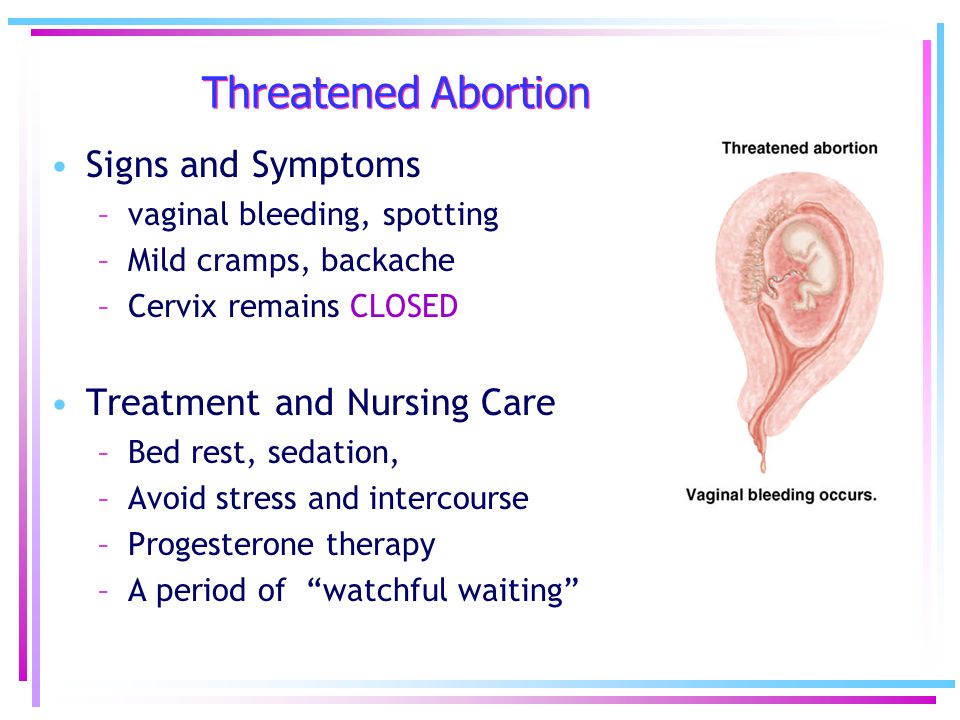19 month old behaviors
19-Month-Old Development Milestones: Toddler Month by Month
19-Month-Old
Wow, baby is officially more than a year and half old now, and we bet they’re keeping you on your toes! It seems you embark on a new adventure every day as your 19-month-old baby is likely running around, learning new words and maybe starting to throw a tantrum or two. What else is on the list of 19-month old milestones? Keep reading for more about developmental markers, sleep schedules, feeding routines and more.
In this article:
19-month-old development
19-month-old health
19-month-old food
19-month-old sleep
Activities for a 19-month-old
19-month-old baby checklist and tips
19-Month-Old Development
You're probably amazed at how fast your child is learning and mastering skills. And you're seeing their personality in all the new feats they're performing. Is your child daring or careful? It's getting more obvious as their personality shines through.
19-month-old weight and height
Average 19-month-old baby weight is 23.9 pounds for a girl and 24.6 pounds for a boy, according to the World Health Organization. How tall should a 19-month-old be? Average height is 32.2 inches for a girl and 32.8 inches for a boy.
19-month-old milestones
A lot of parents ask, “What should my 19-month-old be doing?” Here are some 19-month-old milestones they may have hit or are working on:
- Walking. Your toddler can probably run, climb and bend over to pick up a toy from a standing position.
- Speech. Your little chatterbox might be able to say 10 to 20 words. If they can't, it may not be cause for concern, but it's worth bringing up to the pediatrician. One common cause for a speech delay is trouble hearing.
- Teething. Watch out for teething discomfort, as the upper cuspids (canine teeth) and lower second molars tend to break through around this time.
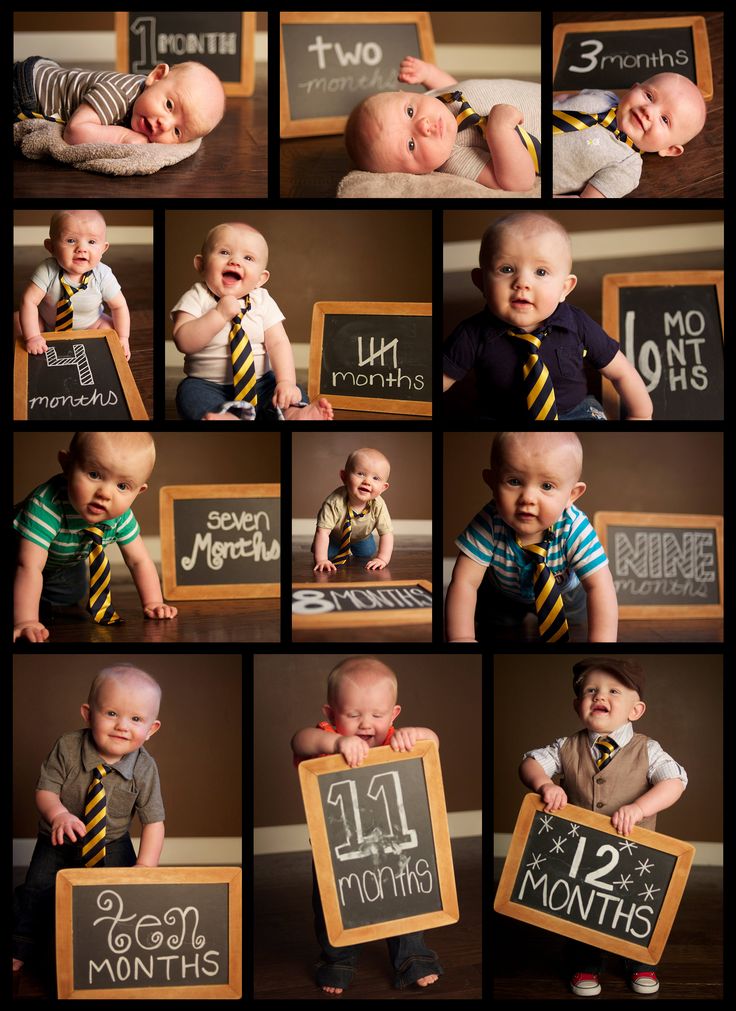
- Potty Training. Keep talking up the potty and read a few board books (see our favorite ones here) about potty training to psych up your 19-month-old for this upcoming milestone.
19-month-old behavior
Your 19-month-old may be exhibiting some challenging and encouraging behaviors. Tap below for advice on dealing with:
- Tantrums. Feel like you're already in the terrible twos even though your child isn't 2 yet? Totally normal. Nineteen-month-olds are still learning to communicate and regulate their emotions. These skills will take some time to develop. Give your child TLC when they're upset, and try to help them get their point across when they're frustrated.
- Separation anxiety. At this age, your kid might become more aware of being away from you and may make a scene—especially if they're hungry, tired or sick. Though it's tempting to linger at daycare drop-off, it's best to make goodbyes quick and stick with a routine.
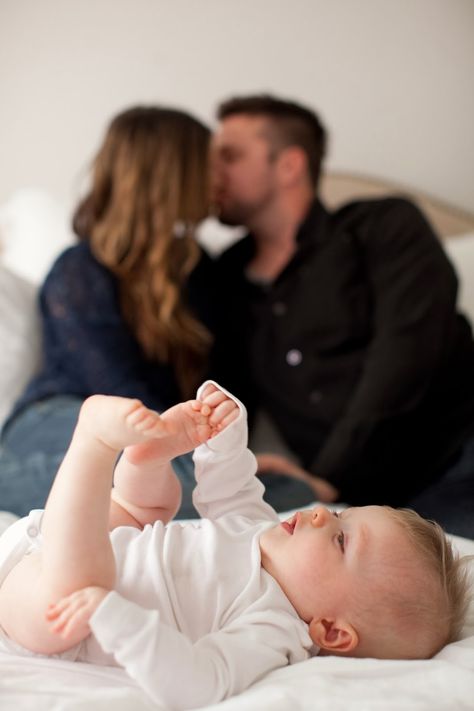 Reassure your child you'll be back and be specific about when.
Reassure your child you'll be back and be specific about when. - Manners. If you lead by example, your child may pick up basic manners. This generally comes in the form of words like “peas,” “tankoo” and “scoosme.”
- Social skills. Sharing and playing cooperatively with others may still be a challenge, but you can help by praising positive behavior.
19-Month-Old Health
A trip to the pediatrician is common for a 19-month-old if you missed the 18-month visit. Here are some health questions parents have at this age:
- My 19-month-old has diarrhea. What should I do?
- What should I do about constipation in my 19-month-old?
- My 19-month-old has a fever. What should I do?
- My 19-month-old is coughing. What should I do?
- My 19-month-old baby is vomiting. What should I do?
19-Month-Old Food
Your 19-month-old is getting more independent with eating—and possibly with refusing food too.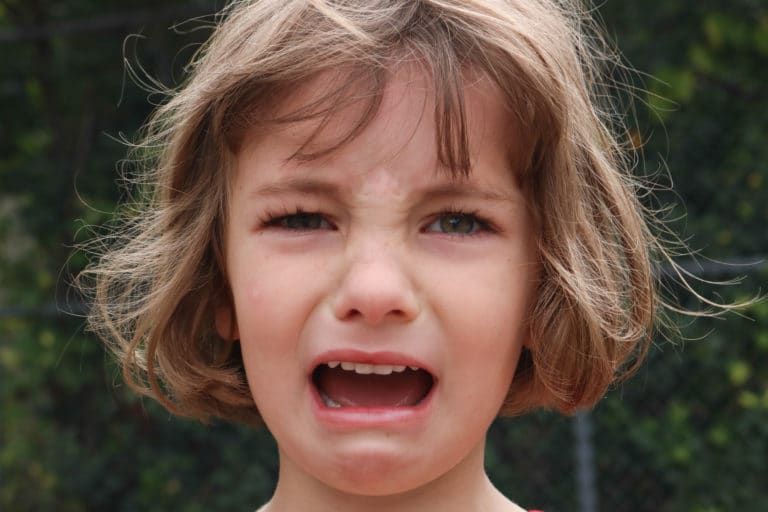
How much should my 19-month-old eat and drink?
One- to-2-year-olds should be eating much like you do: three meals per day, plus two snacks.
About three 8-ounce cups of whole milk per day is recommended for a 19-month-old, if they don't get calcium from other foods. Aim for about 700 mg of calcium total per day.
If you're weaning a 19-month-old from breastfeeding, remember to go slow. Drop one daily nursing session for at least three to seven days before dropping the next. If you go too fast, you could risk plugged milk ducts and infection. Plus, it's a transition that could have an emotional impact on your child, so they may need a little extra comfort while weaning.
What to feed my 19-month-old
Continue to offer your child a variety of foods at each meal and during snack time. Most toddlers should eat about ¾ to 1 cup of fruits and veggies, ¼ cup grains and three tablespoons of protein per day.
Looking for some tasty and nutritious meal inspiration? Check out these food ideas for a 19-month-old:
19-month-old feeding schedule
Image: Smart Up Visuals
19-month-old won’t eat
Toddlerhood is known for picky eating, so try not to worry too much if your child has been turning down nutritious foods and eating what seems like half a bite for dinner. They're not growing as quickly as they did in their first year, and let's face it, saying “no” to eating is part of exercising their newfound independence. The best you can do is to keep offering nutritious food options, choosing and preparing food together and modeling healthy eating behaviors for your child. Pressuring them to eat their broccoli simply won't work.
They're not growing as quickly as they did in their first year, and let's face it, saying “no” to eating is part of exercising their newfound independence. The best you can do is to keep offering nutritious food options, choosing and preparing food together and modeling healthy eating behaviors for your child. Pressuring them to eat their broccoli simply won't work.
19-Month-Old Sleep
A sleep routine is key for a 19-month-old. Getting plenty of sleep is important to your child's development and mood. Having a set routine will help your child learn how to wind down at bedtime and, hopefully, prevent bedtime battles.
How much sleep does a 19-month-old need?
Most 19-month-olds need around 11 to 12 hours of nighttime sleep, plus a nap of about 1.5 to 3 hours, for a total of 13 to 14 hours of sleep per day. Every kid is different, but your child's schedule may look something like this:
Image: Smart Up Visuals
19-month-old not sleeping at night
There are two common sleep troubles parents can have with 19-month-olds: One is that they don't seem to want to go to bed at bedtime.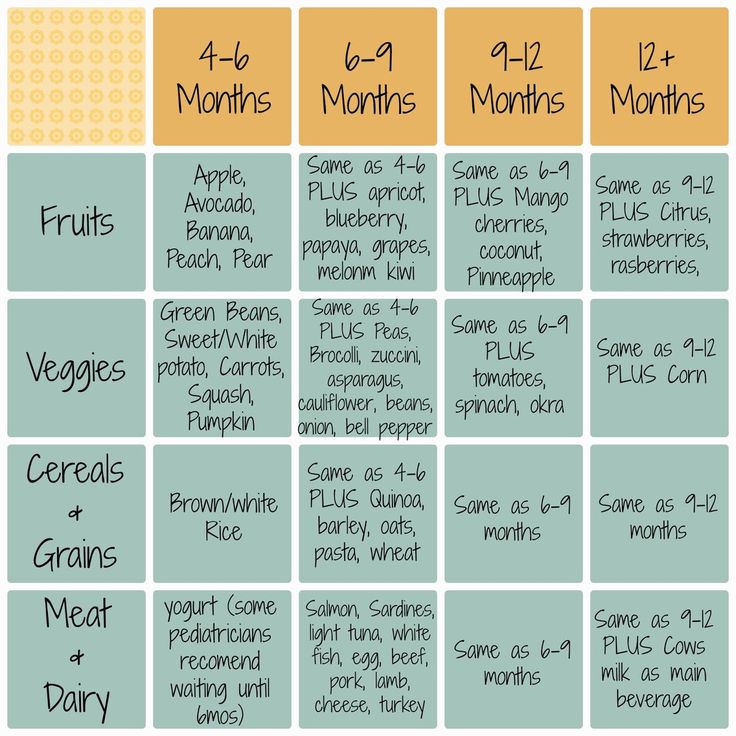 This is because everything you’re doing seems much more fun than sleeping. But your tot does need to snooze (and you need the quiet time too), so make sure to stick to the same calming bedtime routine—and start it at the same time each night.
This is because everything you’re doing seems much more fun than sleeping. But your tot does need to snooze (and you need the quiet time too), so make sure to stick to the same calming bedtime routine—and start it at the same time each night.
The other common predicament is that they're waking up during the night, either calling for you or coming into your bedroom. To prevent this, it's important your child learns to fall asleep on their own, without special soothers or a parent to cuddle with. That way, when they wake in the middle of the night, they'll know how to put themself back to sleep without needing your help.
To help teach this skill, try to cut down on trips to your child's room and/or don't let your child come into your bed in the middle of the night. (If they do, bring them back to their own bed immediately.) All these strategies can establish nighttime rules and promote a good night’s sleep for a toddler (and for you too).
Night terrors in 19-month-olds
A 19-month-old waking up screaming at night might be having a night terror.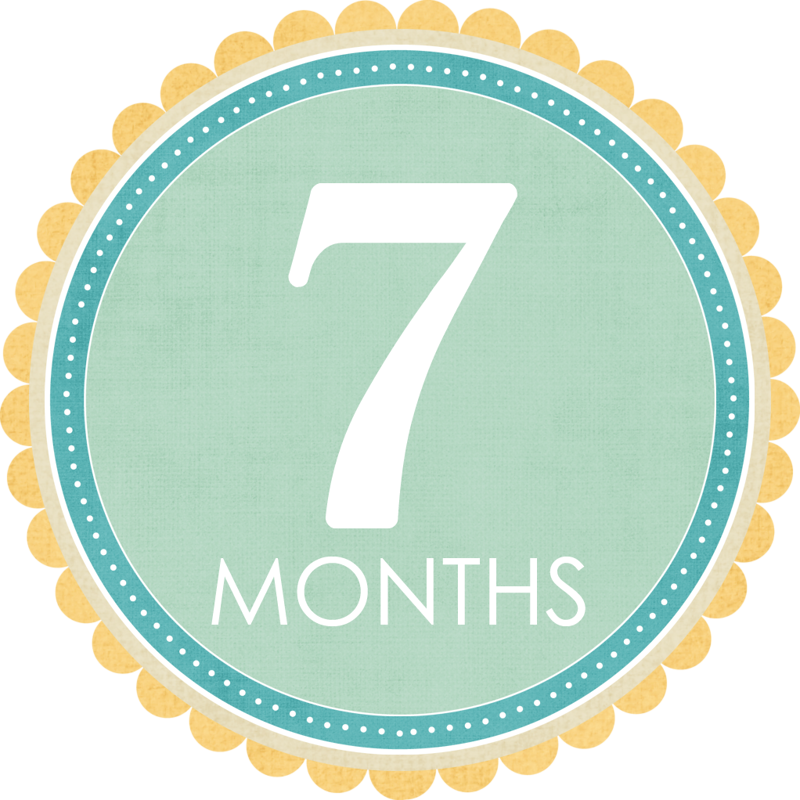 A night terror is defined as a crying or screaming episode where the child never really wakes and so is unresponsive. Don't try to wake your child during a night terror, just do your best to calm them back to sleep. And be sure their sleeping space is safe to avoid injury if they flail or walk around. The good news is these seemingly wild sleep disruptions are only upsetting for you. Kids don't even remember them! And they usually grow out of having them by age 9. There's no known cause of night terrors, but stress, changes in routine and overtiredness can contribute to them. So try to stick to a calming bedtime routine, and put your child to bed early enough so they can get a full night's rest.
A night terror is defined as a crying or screaming episode where the child never really wakes and so is unresponsive. Don't try to wake your child during a night terror, just do your best to calm them back to sleep. And be sure their sleeping space is safe to avoid injury if they flail or walk around. The good news is these seemingly wild sleep disruptions are only upsetting for you. Kids don't even remember them! And they usually grow out of having them by age 9. There's no known cause of night terrors, but stress, changes in routine and overtiredness can contribute to them. So try to stick to a calming bedtime routine, and put your child to bed early enough so they can get a full night's rest.
Activities for a 19-Month-Old
As your child learns and develops new skills, incorporate them into the playtime you have together. Looking for things to do with a 19-month-old? Some fun activities, games and toys for a 19-month-old include:
- Playing soccer. Your tot is developing their kicking skills.
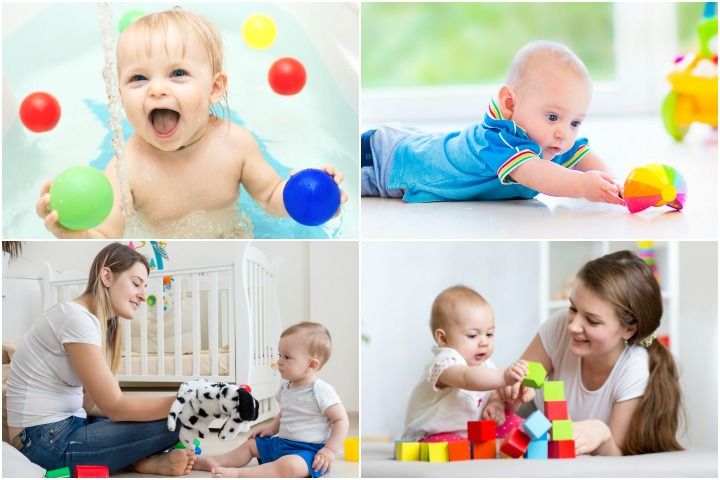
- Going to the park. They'll love practicing climbing skills on young child-friendly equipment.
- Caring for a baby doll. 19-month-olds start to imitate actions they see their parents do, like holding and feeding a baby.
- Playing with puppets. The imaginative play is a learning experience for your child.
- Drawing or scribbling. Give your 19-month old baby some crayons or markers and let them begin making their own masterpieces.
- Reading. It’s extremely important to continue reading to baby. By now, they’ll likely have some favorite stories and will follow along with you.
Should a 19-month old watch TV? At this age, it might be tempting to start letting your little one get screen time—because they want to do exactly what they see their parents doing. Just because you can choose between Mickey, Paw Patrol and 10,000 other toddler shows doesn’t mean you should let your child tune in 24/7.
In fact—brace yourself—doctors say children 18 to 24 months should get less than an hour of screen time a day. That hour should ideally be on an education-based program, and you should talk about it with your child. The reason is development: It’s too easy for a toddler to zone out in the presence of TV instead of being stimulated by new experiences, and at this age, it's difficult for them to understand what's happening on the screen and how that relates to the real world.
19-Month-Old Baby Checklist and Tips
- Take your toddler to their 19-month check-up.
- Encourage your child to undress themself. This is a good skill to develop at this age, and you'll see the benefits once you have one less task you need to help with.
- Bring your own books and playthings to the doctor's office or restaurant to keep your child occupied while you wait. These places often have crayons or toys, but you'll want to have as much backup as possible. Remember, you’ll want to avoid getting into the habit of placing your 19-month old baby in front of a screen during these situations.

- Air travel? Assess your kid before accepting the offer to board early. Some toddlers do need the extra time to get settled, but others do better with as little time as possible in a confined plane.
- Don't give a toddler who's already emotional a long lecture about what they've done wrong—their brains can’t process a lesson when they’re in tantrum mode. Tell them the rules, let the outburst subside and then move on to what's next.
- Are you bilingual? Now is a great time to begin introducing your language to baby. Use both languages around them and they’ll soon begin making the connections.
- Is your tot exhibiting aggressive behavior like hitting or biting? Don’t stress too much—this is normal for toddlers at this stage as they navigate ways to process and express strong emotions. Look into ways to address and discourage your child from using aggression.
- If you have a picky eater on your hands, don’t fret. It’s not unusual for 19-month-olds to stick to what they like.
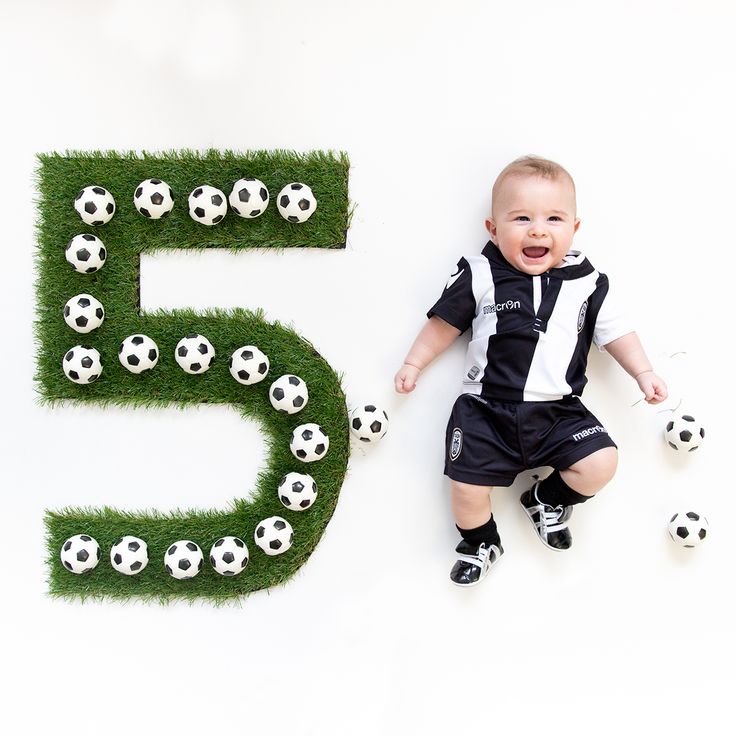 Continue to provide nutritious foods, offering some “safe” foods you know your child loves as well as new foods that’ll expand their palates.
Continue to provide nutritious foods, offering some “safe” foods you know your child loves as well as new foods that’ll expand their palates.
It’s beyond exciting to watch your child meet their 19-month-old milestones. In the coming months, you can likely look forward to your tot stringing words together to form basic sentences and naming familiar people and objects. But remember, every child progresses at their own speed. If you’re ever concerned about your toddler’s development, don’t hesitate to speak with your pediatrician.
Medical content was reviewed by Alexis Phillips-Walker, DO, a pediatrician at Memorial Hermann Medical Group Pediatrics in Atascocita, Texas.
20-Month-Old Development Milestones: Toddler Month by Month
20-Month-Old
With age comes more opinions. You’ll likely notice your 20-month-old baby insists on doing things their own way, which can be both exciting and challenging at times. As your tot continues to grow and develop, you’ll want to keep an eye on certain 20-month-old milestones to ensure they’re staying on track.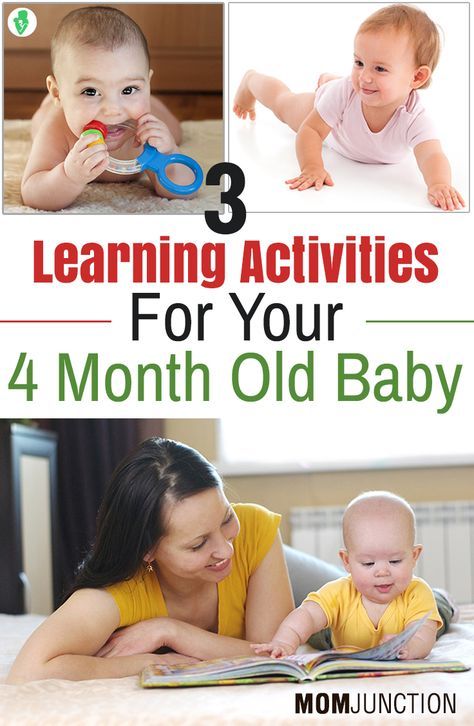 To help you know what to expect at this age, we’ve provided a handy 20-month-old baby guide with all the info you need, from sleep schedules to checklists.
To help you know what to expect at this age, we’ve provided a handy 20-month-old baby guide with all the info you need, from sleep schedules to checklists.
In this article:
20-month-old development
20-month-old health
20-month-old food
20-month-old sleep
Activities for a 20-month-old
20-month-old baby checklist and tips
20-Month-Old Development
Twenty-month-olds tend to have two sides to their personalities: the fun-loving, energetic side and the side that's a bit of a challenge. Your little rebel may be resisting feeding, changing, getting in the car seat, washing hands…and just about anything else you want them to do.
Toddlers this age like to feel like they’re in control, so offer lots of opportunities for your kiddo to “help” or make their own choices. Let your child feed themselves, for example (even if it’s messy), and if they say they're done after two bites, so be it. And give your kid a chance to feel as if they're making their own decisions. For example, you might ask, “Do you want to bring your teddy or your truck for the trip?” as you get ready for a car ride, instead of simply, “It’s time to get into your car seat.”
For example, you might ask, “Do you want to bring your teddy or your truck for the trip?” as you get ready for a car ride, instead of simply, “It’s time to get into your car seat.”
20-month-old weight and height
A 20-month-old’s weight is, on average, 24.4 pounds for a girl and 25 pounds for a boy, according to the World Health Organization. Wondering how tall your 20-month-old should be? Average height is 32.6 inches for a girl and 33.1 inches for a boy.
20-month-old milestones
What should your 20-month-old be doing? Here are some 20-month-old milestones your child may have hit or may be working on:
- Walking. Some 20-month-olds can stand on one foot while holding on to the wall or a chair. Your toddler is probably working on learning to walk up steps; next will come walking down them. At this point, make sure to use gates at the top and bottom of stairs to protect your little climber. To prevent children from falling out of windows, keep furniture away from windows and make sure windows have guards.
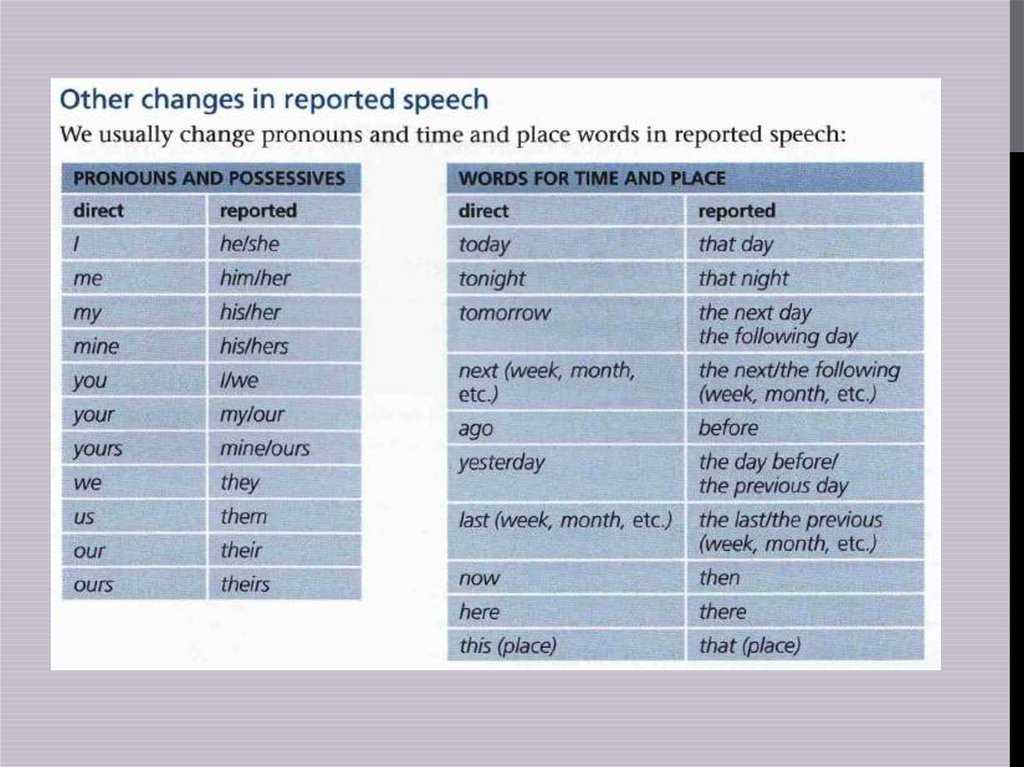
- Speech. Your child may be saying between 25 and 50 words, and will soon start asking "What?" and "What's that?" to just about everything. They’ll also use two-word combinations and reply to requests with “no.”
- Teething. 20 months is about the time a child's lower second molars pop through, so don't be surprised if there are a few nights with disrupted sleep.
- Potty training. A few 20-month-olds show signs of potty training readiness. Now might be a good time to buy a training potty seat and/or start reading potty training books together, if you haven't already. But beware of putting pressure on your kid to potty train too soon. Most kids aren't really ready to start until about 27 to 32 months.
20-month-old behavior
Your now almost-2-year-old is ever-changing, but here’s advice on how to deal with some potentially challenging behaviors:
- Tantrums. Even though your kid's language is developing by leaps and bounds, they still can't communicate everything they want to say, and that can lead to some meltdowns.
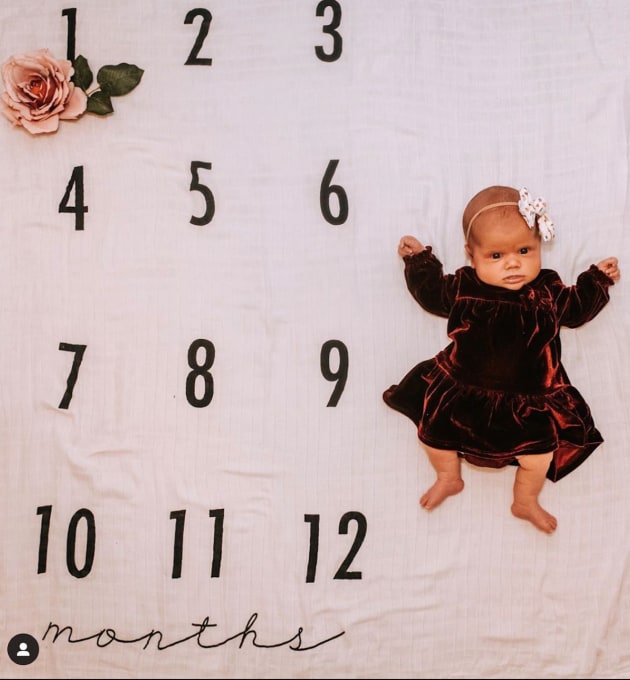
- Separation anxiety. At this age, your kid might become more aware of being away from you and may make a scene—especially if they're hungry, tired or sick. Though it's tempting to linger at daycare drop-off, it's best to make goodbyes quick and to stick with a routine. Reassure your child you'll be back and be specific about when.
- Pushing, hitting or biting. Chalk it up to experimentation, but 20-month-olds tend to have their moments of behaving badly. Avoid overreacting or using physical punishment—"biting" your kid to show them how much it hurts doesn't stop them from doing it. Stay calm and keep telling your child that hurting others is never okay.
20-Month-Old Health
Twenty-month-olds seem to have mild illness after mild illness. Some common health questions parents have at this age include:
- My 20-month-old has diarrhea. What should I do?
- What should I do about constipation in my 20-month-old?
- My 20-month-old has a temperature that's high.
 What should I do if a fever develops?
What should I do if a fever develops?
20-Month-Old Food
Feel like a short-order cook? It’s okay to let your toddler know “this is what’s for dinner” and not offer other options. They won’t starve by refusing a meal now and then.
How much should my 20-month-old eat and drink?
One- to 2-year-olds should be eating much like you do: Three meals per day, plus two snacks. Give them a variety of foods in all food groups—vegetables, fruits, grains, protein and dairy—daily.
What to feed my 20-month-old
Toddlers tend to get too little calcium, iron and fiber. In addition to dairy products, your child can get calcium from foods such as green leafy veggies, broccoli and tofu. Tofu can provide iron too, as can fortified cereal, dried peaches and lean ground beef. For fiber, you may offer pinto or refried beans, prunes, bananas and whole wheat pasta.
For meal inspiration, check out these food ideas for a 20-month-old:
20-month-old feeding schedule
Image: Smart Up Visuals
20-month-old won’t eat
Now that your child's growth is slowing down and they're getting more independent, you might find them refusing to eat more often than they used to. You can't and really shouldn't force your child to eat—but you should keep offering a variety of healthy foods and as many unprocessed foods as possible. Here's more great advice on how to deal with picky eating. If your child won't eat anything at all, it could be a sign of illness, and you should call the pediatrician immediately.
You can't and really shouldn't force your child to eat—but you should keep offering a variety of healthy foods and as many unprocessed foods as possible. Here's more great advice on how to deal with picky eating. If your child won't eat anything at all, it could be a sign of illness, and you should call the pediatrician immediately.
20-Month-Old Sleep
Most parents transition toddlers from crib to bed between the ages of 1.5 and 3 years old. Not quite there yet? First, lower the crib mattress as far as it will go and see if that will keep them secure. Ready to take the plunge? Let your tot help you put their big-kid bed together—it'll help them feel more ownership.
How much sleep does a 20-month-old need?
Most 20-month-olds need around 11 to 12 hours of nighttime sleep, plus a nap of about 1.5 to 3 hours, for a total of about 13 to 14 hours of sleep per day.
20-month-old sleep schedule
Every kid is different, but your child's schedule may look something like this:
Image: Smart Up Visuals
20-month-old sleep regression
Regression can happen when a formerly good sleeper suddenly begins waking more, throwing you for a loop.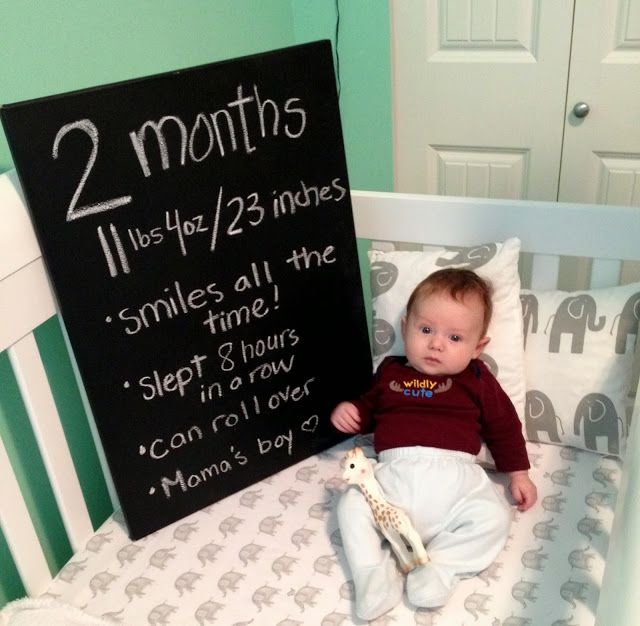 A bout of teething or illness could be the cause, or maybe a trip or holiday where their sleep routine changed. To get back to the usual snoozing routine, it's important to know the root of the problem, so you can find the right solution to help your child get through it. Stick with the usual bedtime routine and set limits that will help your child get back on track.
A bout of teething or illness could be the cause, or maybe a trip or holiday where their sleep routine changed. To get back to the usual snoozing routine, it's important to know the root of the problem, so you can find the right solution to help your child get through it. Stick with the usual bedtime routine and set limits that will help your child get back on track.
20-month-old won’t sleep
Some nights, it seems like bedtime takes way too much convincing. But the truth is, kids need rest and they will eventually sleep. We promise! Wind things down before bedtime—turn off the TV, music and devices at least an hour before bedtime; give your tot a soothing bath and read calming stories. And keep the routine consistent: one book, two kisses, one refill of water, then lights out, for example. Don't let your kid stall or delay.
20-month-old nightmares
When your toddler wakes in the middle of the night, it can be tough to tell whether it's because of a nightmare or another sleep disturbance.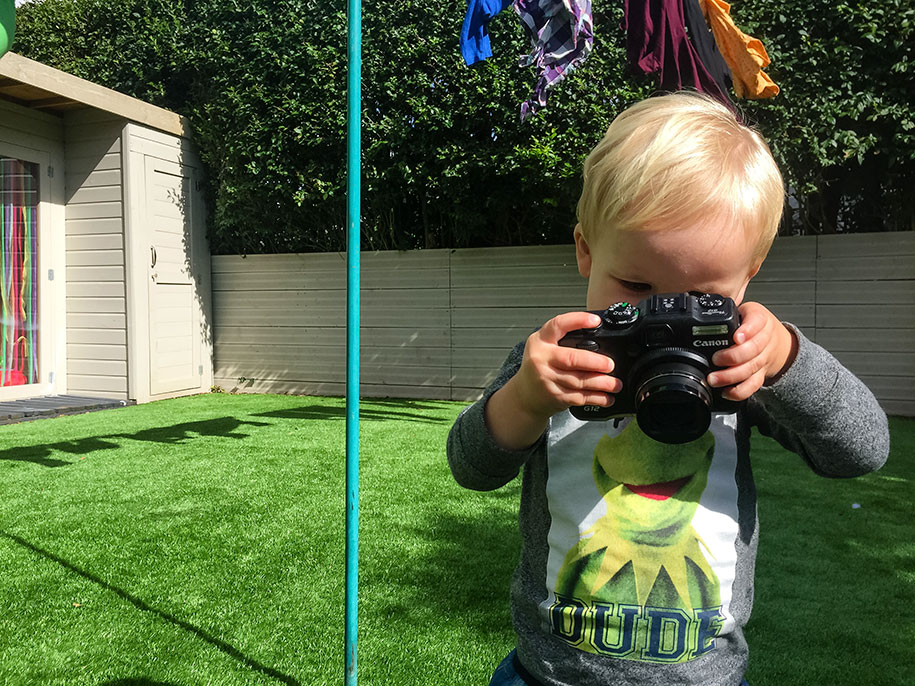 But time could clue you in: Doctors say dreams and nightmares tend to happen in the second half of the night.
But time could clue you in: Doctors say dreams and nightmares tend to happen in the second half of the night.
If you suspect your 20-month-old has had a nightmare, comfort them and soothe them back to sleep, reassuring your child that you'll be close and everything is okay. During the day, be careful they're not exposed to any stories or shows that could scare them and cause future nightmares.
20-month-old waking up too early
We've been there: You know your child needs more morning Zzz's but they get up with the sun. Make sure their room is dark and quiet in the mornings. We highly recommend blackout shades or curtains for their windows.
Activities for a 20-Month-Old
A 20-month-old shows independence through simple chores and activities they see their parents or older siblings do. They love songs and learning through playtime. Looking for things to do with a 20-month-old? Some fun activities, games and toys for a 20-month-old include:
- Drawing with crayons.
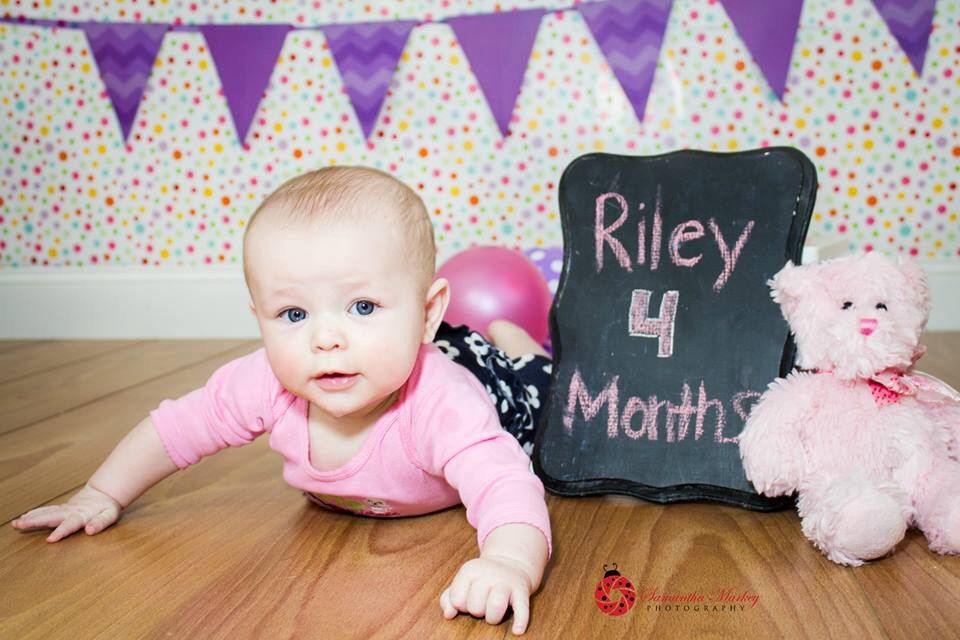 Together you can work on practicing drawing a straight line.
Together you can work on practicing drawing a straight line. - Head, shoulders, knees and toes! Your 20-month-old may be able to name up to six body parts.
- Playing with blocks. Your child is still working on stacking skills and may be able to stack up to six of them.
- Doing chores together. Let your 20-month-old set the spoons on the table, wipe up spills and sweep the floor with a mini-broom. At this age, work feels like play.
- Reading together. Never underestimate the power of reading. Read with your 20-month-old baby every day and encourage them to choose their favorite stories and follow along.
- Using your imagination. Find ways to get your toddler to engage in pretend play. Dress up in costumes, build forts and turn cardboard boxes into spaceships, and let fun, imaginary narratives unfold.
20-Month-Old Baby Checklist and Tips
- It's never too early to practice good hygiene.
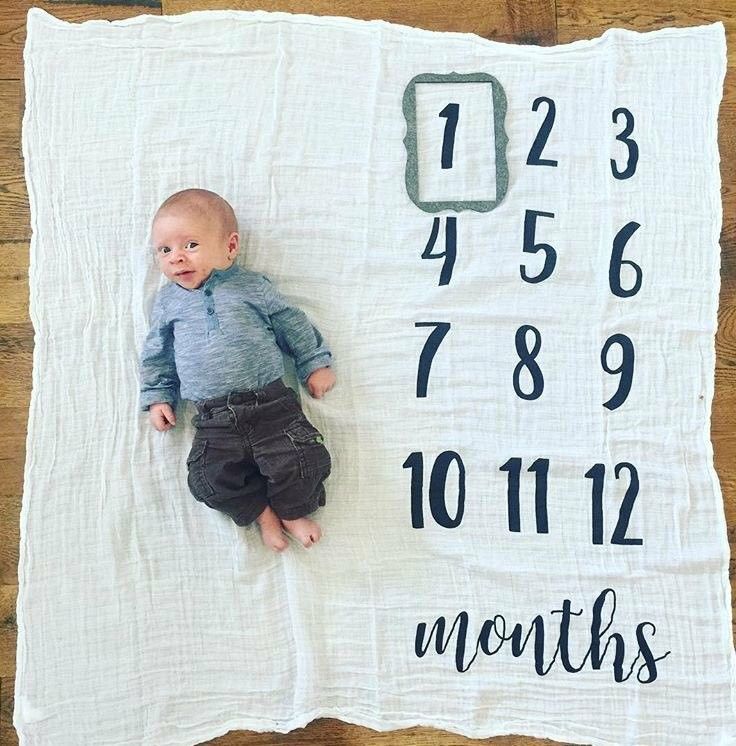 Teach your child to wash and dry their hands and get into the habit of doing it together.
Teach your child to wash and dry their hands and get into the habit of doing it together. - Dentists recommend a 20-month-old uses a small dab of fluoride toothpaste to brush their teeth. Practice brushing your teeth together—after a while, you just may notice your kiddo wanting to brush their own teeth. It’s okay to let them experiment, but be sure to do a second round of brushing to ensure you get all their teeth truly clean.
- Your toddler’s lower molars should start growing in around this age, so keep remedies at the ready to ease any discomfort.
- A 20-month-old is often ready to tackle stairs. Section off stairs in your home with safety gates to prevent any accidents until your tot masters this new skill.
- If you’re still giving your 20-month-old baby a cup of milk before bed, it’s time to start weaning them off of it. It is okay to stop it altogether—only offering it with dinner or after their last meal of the evening.
- Shampooing can be annoying to toddlers, but the good news is that you don't have to do it every day.
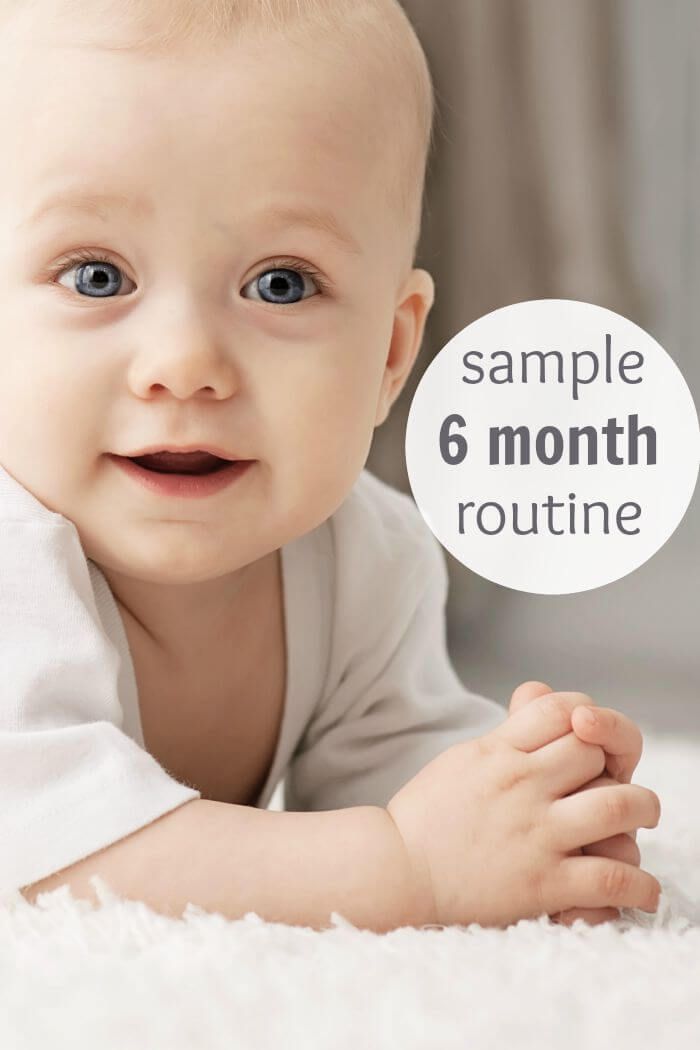 Depending on the child's hair and skin type, washing hair once a week is probably just fine.
Depending on the child's hair and skin type, washing hair once a week is probably just fine. - As tempting as it is to allow your child to watch TV, continue to limit screen time as much as possible. Some studies suggest introducing screens too early can have negative effects on children’s short-term memory and attention spans. It can also potentially delay their language development and disturb their sleep.
Time seems to be flying by as your 20-month-old baby learns something new every day and continues to grow and develop. While you’re tracking your child’s progress toward their 20-month-old milestones, keep in mind that every little one develops at their own pace. However, if you’re ever concerned about your toddler not learning certain skill sets, contact your pediatrician.
Medical content was reviewed by Alexis Phillips-Walker, DO, a pediatrician at Memorial Hermann Medical Group Pediatrics in Atascocita, Texas.
21 months: curiosity and independence - Child development
Every day the child learns to cope with new difficulties.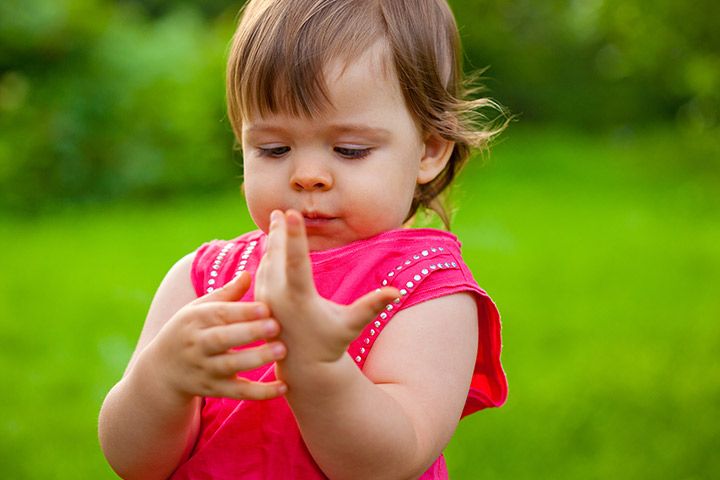 How to climb stairs? How not to fall off the couch? Many parents dream of taming this unbridled energy.
How to climb stairs? How not to fall off the couch? Many parents dream of taming this unbridled energy.
New discoveries
Your child is not yet two years old, but he has already developed many skills. He walks confidently (sometimes on the playground you can't keep up with him). He can take his toys out of the box and put them back. He finds that he no longer has to crawl up the steps because he is now able to reach the railing and walk up and down with it. He becomes a real climbing master: using a stool, he gets to almost all the forbidden items that you hide from him. nine0003
At the end of the day, you're down, but your child is still full of energy. Sometimes you wish he had a switch.
The fact that the child is constantly in motion, not only strengthens his muscles. Walking, running and climbing on different surfaces help the baby develop orientation in space. In addition, the child is aware of the consequences of his actions, because in the process he has to solve various problems.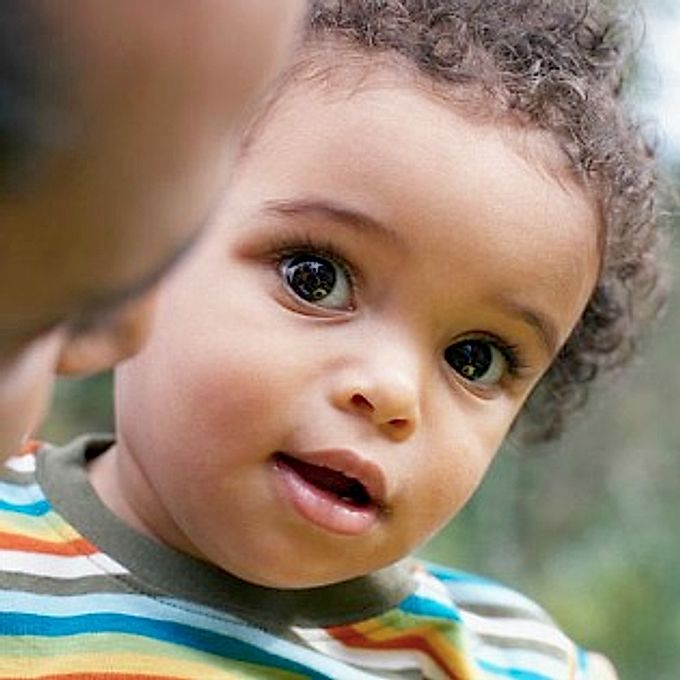 For example, he understands how many toys can be put in a box so that it is not too heavy to carry, or what happens if the box is dropped. nine0003
For example, he understands how many toys can be put in a box so that it is not too heavy to carry, or what happens if the box is dropped. nine0003
Development of drawing skills
At the above age, the child continues to improve fine motor skills. He can build a tower of six bricks and likes to draw with crayons and felt-tip pens on paper or wallpaper. You should not expect from a child that he will draw objects in detail. At this age, the process of drawing is more about drawing lines than trying to depict a real object.
At the age of two, the baby begins to add curves and angles to the lines. These changes mean that the child is trying to draw a real object, although it is still difficult for adults to understand what it is. From the drawings of a three-year-old child, one can recognize simple objects (a person, a tree, a house, etc.). You should understand that the development of drawing skills is an important stage in the development of a child.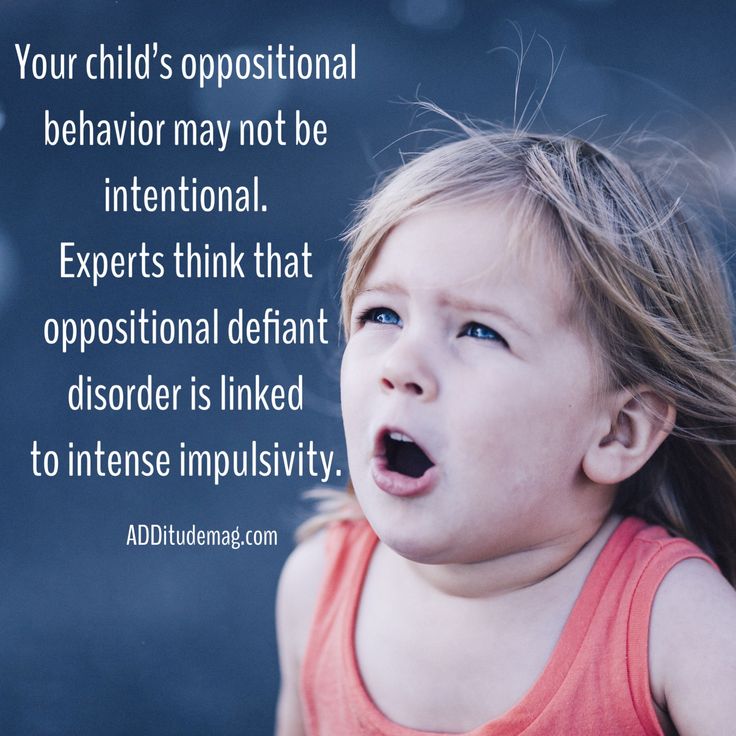 Just enjoy it. nine0003
Just enjoy it. nine0003
Aggressive behavior
The child experiences a lot of joy because he is interested in everything he sees around - from a cardboard box to going to the supermarket. But sometimes the child behaves aggressively. For example, he may hit you when you want to pick him up, or push his brother for no apparent reason.
Welcome to the child's world - a place where he can be restless, rude, and sometimes cruel.
Between the ages of 19 and 21 months, children may bite, scratch or exhibit other aggressive behavior. This is not because they become violent, but because they experiment with new behaviors. The child wonders what will happen if he pulls your hair or hits you. He is still too young to remember the consequences of such behavior for a long time - his behavior can be repeated after a while, even if you react negatively to such behavior. nine0003
Terrible two years of age
Experts say that the so-called "terrible two years" actually starts at 18-19 months, when the child begins to fight and bite.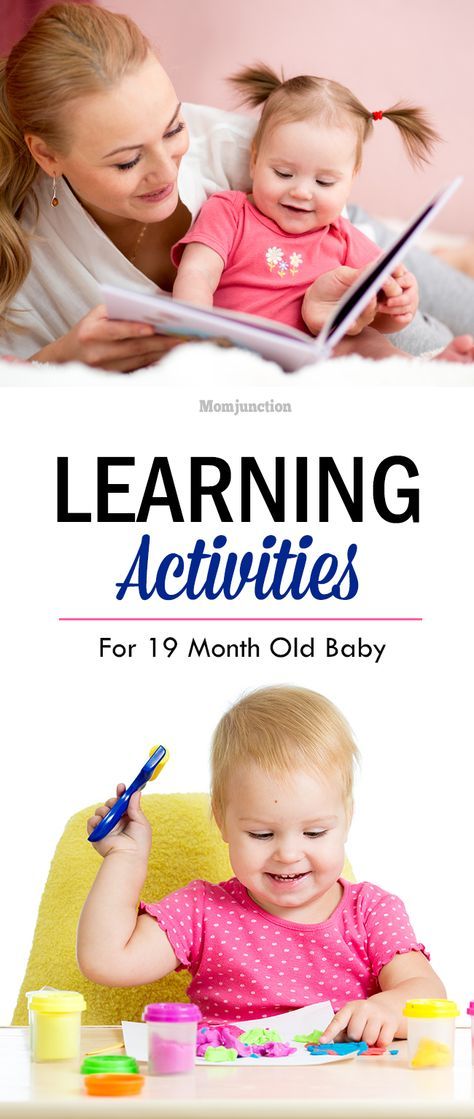 Since young children have a selfish view of the world, they can understand their own pain, but not the pain of another person.
Since young children have a selfish view of the world, they can understand their own pain, but not the pain of another person.
In addition to all the problems of the age of two, the child shows a strong will, but does not understand much. The child strives for independence, but he does not understand why he cannot play with fire, pull the dog's tail or taste his mother's lipstick. He gets angry when you stop him from doing what he has planned. nine0003
At the same time, the child feels a strong attachment to his parents. Children are sometimes frightened by their own antics and the reactions of their parents. This contradiction between the desire for independence and dependence on parents leads to strong mood swings. Psychologists say that this is why this age is similar to adolescence.
Aggressive behavior of the child decreases by the age of three, when he learns to better express his feelings.
At the same time, the child greatly expands the repertoire of his skills - physical, emotional, language, etc.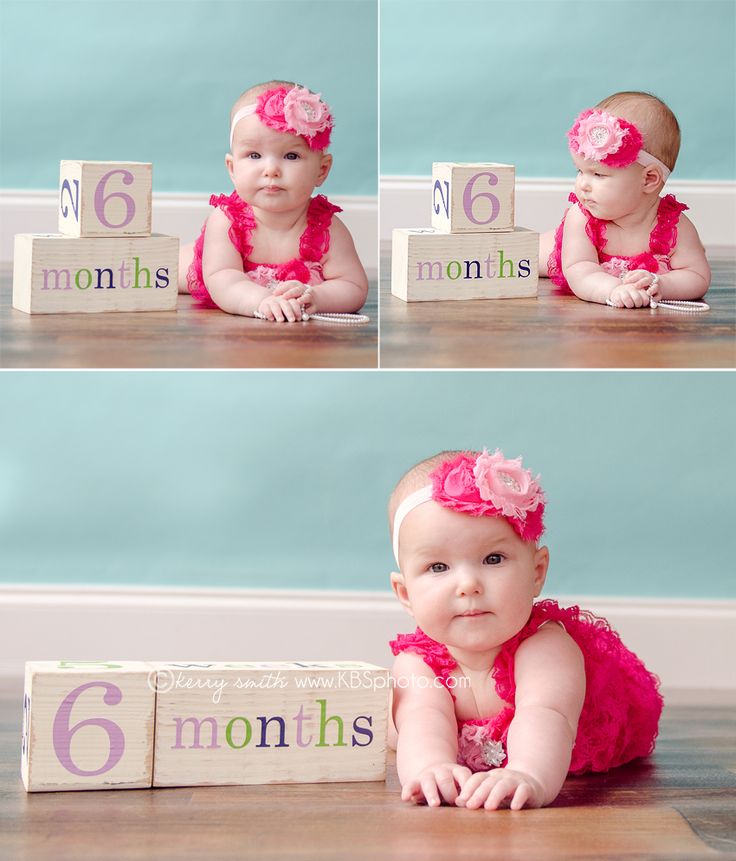 It's amazing how quickly kids this age learn new things. No adult can develop new skills at the same rate. nine0003
It's amazing how quickly kids this age learn new things. No adult can develop new skills at the same rate. nine0003
Choices in food
Most often, contradictions between two-year-old children and parents arise due to
diet. Parents often complain that they cannot force their child to eat. Even if the child used to eat vegetables and fruits with pleasure, at the age of 19 months he can start eating only pasta.
It is also true that at this age children prefer what they are already familiar with. Therefore, it may take you a long time to persuade your child to try a new dish. In addition to the fact that children tend to automatically reject everything new, their taste is much more sensitive than that of adults. nine0003
You should learn to trust your child to ask for food when he is hungry. Do not force your child to eat. Sometimes a child likes to argue with his parents more than to try this or that dish.
Development in play activities
Between 19 and 21 months, children cannot name the colors or shapes of objects, but in most cases they say what the difference is between them. Psychologists say that at this age, children are very fond of sorting games. If you watch a child play alone, you can see how he sorts the blocks by color or separates toys into dolls and soft toys. Young children are interested in identifying differences between objects. Their hands are dexterous enough to pick up items from a common pile and stack them. nine0003
Psychologists say that at this age, children are very fond of sorting games. If you watch a child play alone, you can see how he sorts the blocks by color or separates toys into dolls and soft toys. Young children are interested in identifying differences between objects. Their hands are dexterous enough to pick up items from a common pile and stack them. nine0003
Playing activities contribute to the fact that the child develops even more fine motor skills. When a child assembles a pyramid, he tries to arrange the rings in size, from largest to smallest, and not in random order, as before.
The skill of sorting forms the basis of more complex problem solving skills, since abstract thinking is largely related to the ability to compare and classify objects. So the child begins to better understand the world around him.
Interesting facts about child development
Basic skills that a child has between 19 and 21 months of age.
19 months.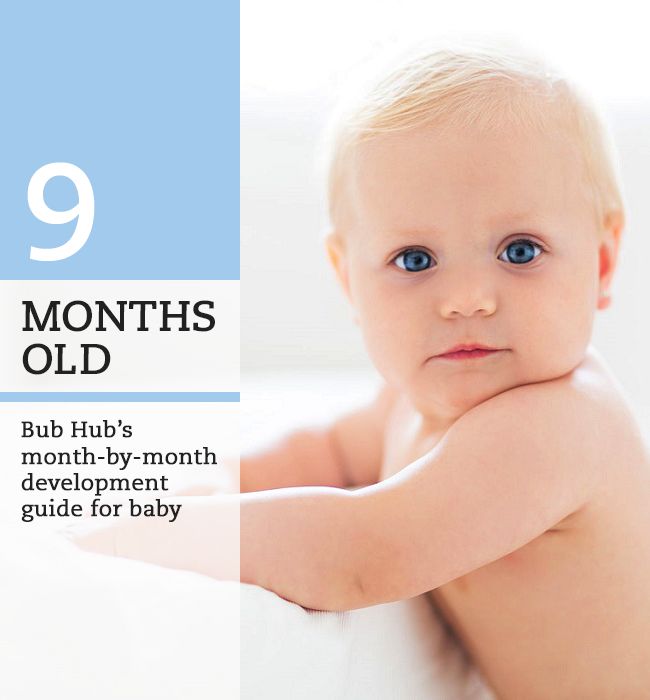 Imitates animal sounds, draws with pencils and felt-tip pens, sees himself as the center of the world.
Imitates animal sounds, draws with pencils and felt-tip pens, sees himself as the center of the world.
20 months. The child's mood often changes, he knows the names of familiar objects and the names of familiar people, forms short sentences of two or more words.
21 months. Sorts and classifies objects according to common characteristics, plays role-playing games with others, can walk backwards and climb stairs. nine0003
"Terrible two-year-olds": how to overcome an important age crisis?
Here it is, such an important children's crisis: terrible behavior, tantrums. Parents are confused - what if this is now forever? Psychologist Anna Skavitina tells how to behave and how to help a child go through this stage of development.
Anna Skavitina, psychologist, analyst, member of the IAAP (International Association of Analytical Psychology), supervisor of the ROAP and the Jung Institute (Zurich), expert of the Psychology journal
Why is he acting like this?
Both parents and psychologists often talk about "terrible two-year-olds" - during this period, the child suddenly becomes completely unbearable, and almost every mother will tell you what the horror is. And psychologists will answer that this is a normal phase of development experienced by young children. Yes, it is often accompanied by tantrums, defiant behavior and constant disappointments in the structure of this world. And it is not at all necessary that all this begins to happen right on the day of birth, when the child turns 2 years old. nine0003
And psychologists will answer that this is a normal phase of development experienced by young children. Yes, it is often accompanied by tantrums, defiant behavior and constant disappointments in the structure of this world. And it is not at all necessary that all this begins to happen right on the day of birth, when the child turns 2 years old. nine0003
Behavioral difficulties can begin between 18 and 36 months of age, and despite the well-established label of “terrible twos”, this can all escalate into what is called the “third year crisis”. That is, having started behaving like this at the age of one and a half, children can, without jumping out, continue tantrums and terrible behavior until the age of three, and after three, if their parents are not lucky. But still, after 3-3.5 years, tantrums occur less frequently.
myself!
Early childhood is a stage that lasts from 1 to 3 years. nine0006 intensive intellectual and physical growth of the baby is now taking place. Your child begins:
Your child begins:
- Walk
- Talk
- have your opinion on everything in the world
- Learn about emotions
- to understand how to share and not share, and what does it mean to wait for your turn
- to use household appliances
- Eating and dressing on their own
- Using the toilet properly
At this stage, any child naturally wants to explore the world around them, and will do what they want on their own terms, not yours: “My world is mine.” regulations". This is all normal and expected behavior, but not at all convenient for parents who, for the first year of life, communicated with the baby according to their own rules and did not assume that he would decide so quickly that it was time to take responsibility for his own life. nine0003
The child's verbal, physical and emotional skills are not yet sufficiently developed, he can easily become frustrated if he fails to adequately communicate or fulfill his plan.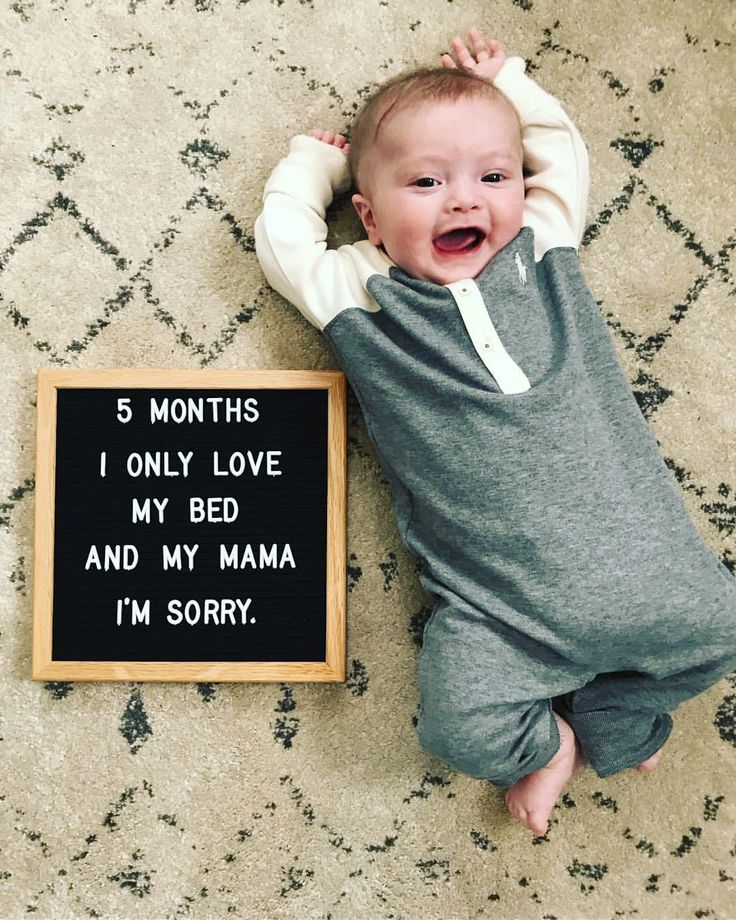 After all, he decided that he had already grown into a developed, separate, independent personality, and the jacket did not fasten and the pants often turned out to be unpleasantly wet.
After all, he decided that he had already grown into a developed, separate, independent personality, and the jacket did not fasten and the pants often turned out to be unpleasantly wet.
At this age, the baby often gets disappointed because:
- He still does not have enough speech skills to clearly indicate what he wants, he suffers that he is not understood. nine0130 “I don’t have the patience to wait for my turn on the swing, or get food, or say something.
- He can overestimate his hand-eye coordination: he can’t pour himself milk or catch the ball, even if he passionately wants to.
How do you know if a child is already a “terrible two year old”?
Behavior of course! You will most likely notice the following:
1. Tantrums
Tantrums can range from mild whining to a real storm. In addition to crying during a tantrum, a child may begin to use force and express aggression: hitting, kicking, biting, throwing things. nine0130 Although tantrums may seem constant and endless to parents, approximately 75% of tantrums in children between 18 and 60 months last five minutes or less.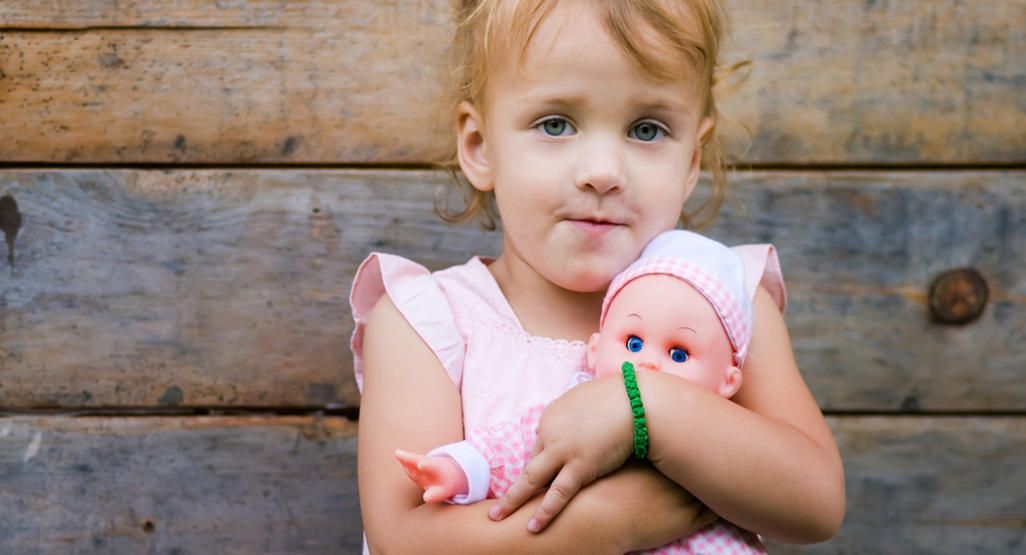 Set yourself a timer to make sure!
Set yourself a timer to make sure!
Tantrums are equally common in boys and girls. Therefore, “what are you crying like a girl” is not true. Everyone is crying - because they are just children and have not yet learned differently.
2. It seems to you that your future opposition leader is growing
Every day your child acquires new skills and abilities. And of course, he is very proud and wants to constantly test, demonstrate and train these skills and abilities. This often leads to the fact that he will categorically object to something with which he is already everything, as he is sure, in order. For example, he can already walk perfectly by himself, why should he hold your hand when he needs to cross the street? Why do you choose clothes for him if he already knows where they are? Or he is sure that he will successfully climb to the top of the largest gaming complex, and there are definitely no problems. Because he does not know that he still needs to get off from there. nine0130 As the child gains more independence, he may begin to insist on doing more without your help, regardless of whether he is developmentally capable of completing the task or not. But he can just as suddenly decide that he needs your help - urgently, right now you must help to do what he has already mastered. Just to be near you. And then suddenly change your mind.
nine0130 As the child gains more independence, he may begin to insist on doing more without your help, regardless of whether he is developmentally capable of completing the task or not. But he can just as suddenly decide that he needs your help - urgently, right now you must help to do what he has already mastered. Just to be near you. And then suddenly change your mind.
3. Mood swings
Just now the child was happy and loving, and the next moment he screams terribly, sobs and is unhappy so that it seems that there is no one more unhappy than him on the whole planet. All of this is the result of the momentary frustrations that come from wanting to do things yourself without the skills necessary to be understood and negotiating. nine0003
Is this a temporary crisis or serious behavioral problems that require professional help?
Studies of preschool children (ages 3 to 6) show that tantrums may indicate a mood or behavior disorder if:
are tantrums that consistently (more than half the time) involve punching, kicking, biting, or other forms of physical abuse against a parent or other adults;
- tantrums in which the child tries to hurt himself; nine0130 - frequent tantrums - from 10 to 20 times a day;
- frequent tantrums that last an average of more than 25 minutes;
— the child is unable to calm down.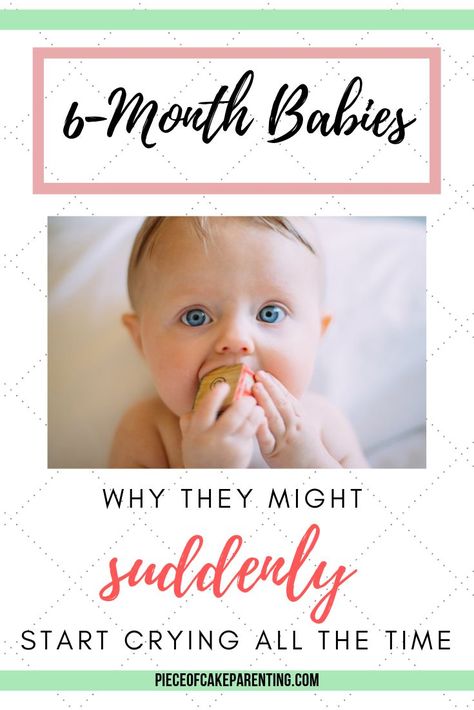
But this study looked at children over two years of age. These temper tantrums can be cause for concern if they persist as your child gets older.
Is it necessary to ask for help?
Tantrums and defiance that accompany the development of many two-year-olds is normal, but if you feel that the child's behavior is completely out of your control, or you are simply discouraged by what is happening, talk to your pediatrician and psychologist. nine0130 It is best to seek professional help if you (or other adults supervising your child) notice that he:
- Does not respond or pays no attention to other people
- Does not maintain eye contact
— Very aggressive or conflict
— Attempts to harm himself or others
Your child's doctor can refer you to a physical and mental health assessor or psychologist who can help you connect with your child. nine0003
When will this end?
All children at this age are actively engaged in the development of independence and self-esteem.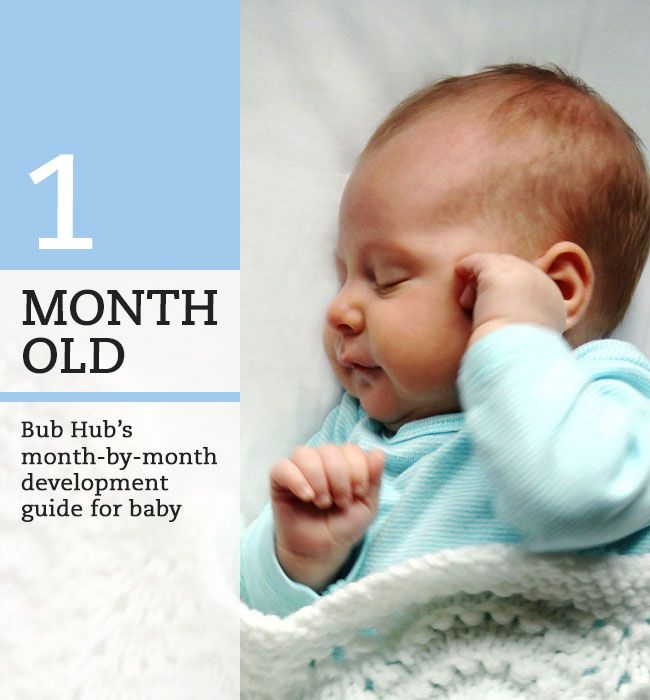 It is reasonable to assume that their views and expectations do not always coincide with yours. However, some children will go through this age with fewer tantrums than others. Most often, these are children who have more advanced speech skills that help them express their thoughts more clearly and reduce frustration from the fact that no one in this world understands you. nine0130 Parents can help, too, by avoiding some of the common triggers of tantrums and overexcitation. For example, if a child does not go to bed on time and sleeps less than necessary for their age (11-14 hours a day in total), or if you try to take a walk with a hungry child, or ask him to wait for food, this can cause mood swings or tantrums, which will "on the empty place". As my colleague says, terrible children are divided into nasty, very nasty and hungry-tired. nine0003
It is reasonable to assume that their views and expectations do not always coincide with yours. However, some children will go through this age with fewer tantrums than others. Most often, these are children who have more advanced speech skills that help them express their thoughts more clearly and reduce frustration from the fact that no one in this world understands you. nine0130 Parents can help, too, by avoiding some of the common triggers of tantrums and overexcitation. For example, if a child does not go to bed on time and sleeps less than necessary for their age (11-14 hours a day in total), or if you try to take a walk with a hungry child, or ask him to wait for food, this can cause mood swings or tantrums, which will "on the empty place". As my colleague says, terrible children are divided into nasty, very nasty and hungry-tired. nine0003
Alas, terrible two-year-olds can become terrible three-year-olds until their speaking and coordination skills improve. But by the time a child is 4 years old, they usually have enough language and motor skills to express themselves, understand simple instructions, and follow the rules set by teachers and parents.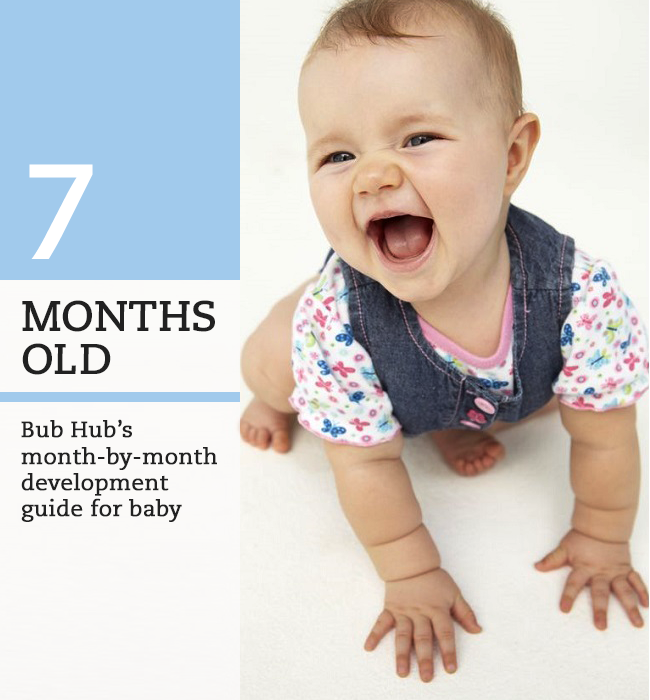
Studies show that 25% of two-year-olds will have at least one tantrum a day, but only 10% of four-year-olds remain the same. nine0003
How can I help my child and myself?
1. Maintain regular meals and sleep patterns. Difficult behavior is more likely to occur when a child is tired or hungry.
2. Praise behavior that you approve of and ignore what you don't like. This may seem rude to some, but one of the key ways to respond to your child's tantrum is to not get involved. When a two-year-old child has tantrums, it means that his emotions have taken over, and at this point, talking to them or making any rules may not work. Make sure he's safe and then let the tantrum end. When you calm down, hug - and then everything is as usual. nine0003
Two-year-olds don't usually throw tantrums on purpose. Say sternly but calmly that you need to use words, not shouts, if you want to say something.
3.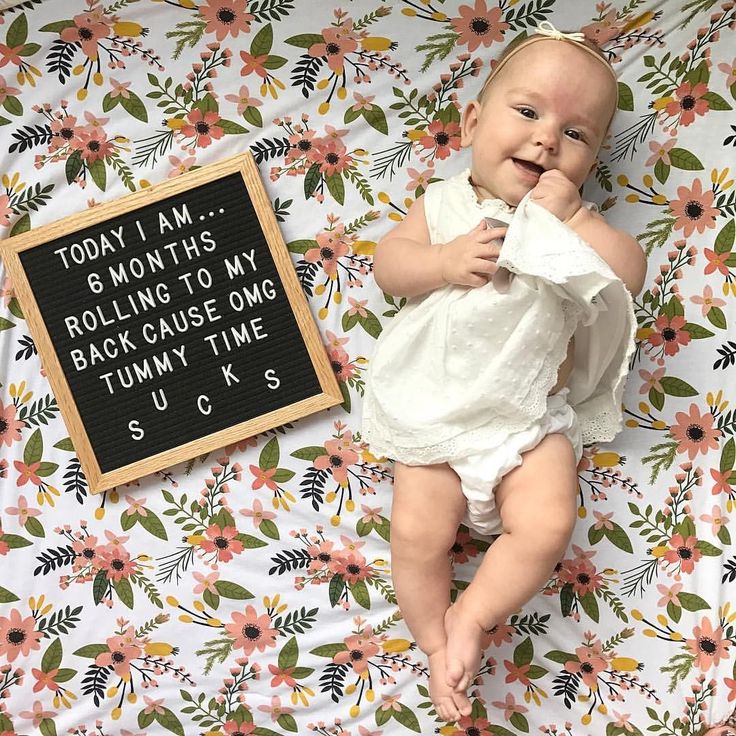 Encourage yourself to express yourself in different ways. Since two-year-olds often lack the vocabulary to tell you something important to them, even if they know the words, encourage them to express themselves in other ways. You can teach your baby sign language: "I want", "hurt", "more", "drink" and "tired" if they are not already talking or speaking clearly. Finding other ways to communicate can help cut down on outbursts and help you build a closer bond with your child. nine0003
Encourage yourself to express yourself in different ways. Since two-year-olds often lack the vocabulary to tell you something important to them, even if they know the words, encourage them to express themselves in other ways. You can teach your baby sign language: "I want", "hurt", "more", "drink" and "tired" if they are not already talking or speaking clearly. Finding other ways to communicate can help cut down on outbursts and help you build a closer bond with your child. nine0003
4. Do not spank or shout. This makes the situation worse. You want to model non-violent behavior, teach a child to properly handle his aggression now and in the future. If you can't stand it, create a physical distance - move away, call a more "fresh" adult for a while to stay with the child or with you together. Often, in the presence of another adult, it is easier for us to restrain ourselves, as if we are ready to take a more adult position.
5. Understanding your own limitations is part of survival.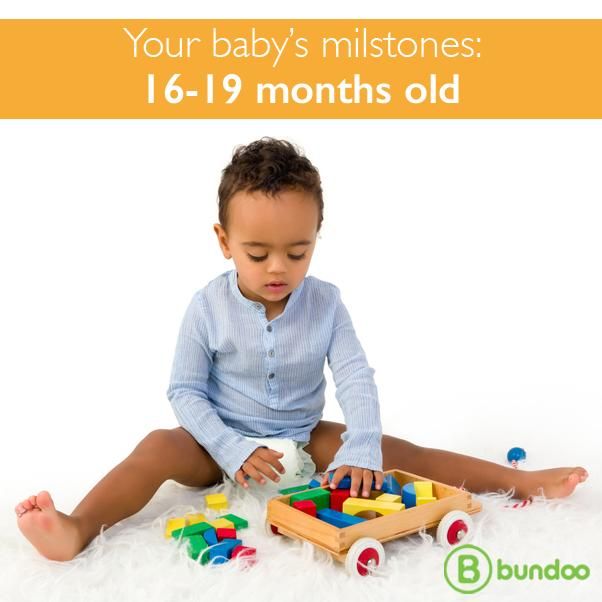 Remember that the child is not bad and is not trying to upset you on purpose. Rather, he is upset and cannot express his feelings the way adults do. When you calm down, you will be able to calm him down so that it is not harmful for everyone.
Remember that the child is not bad and is not trying to upset you on purpose. Rather, he is upset and cannot express his feelings the way adults do. When you calm down, you will be able to calm him down so that it is not harmful for everyone.
6. Redirect or distract when you can and when your child can hear you. In hysterics, usually no one hears anyone. Point out something funny or interesting as soon as he starts whining or misbehaving. Use this pause to think about what the child wanted. After he calms down, ask what he wanted, offer possible options. nine0003
7. Speak up and explain! Speak the rules in simple words and short sentences, offer brief explanations for all situations. So the child will have a larger vocabulary, the world will be clearer to him, and he will be able to quickly learn to explain what is happening.
8. Give him what he wants, but on your terms. For example, a child has grabbed a large bag of juice and wants to drink from it.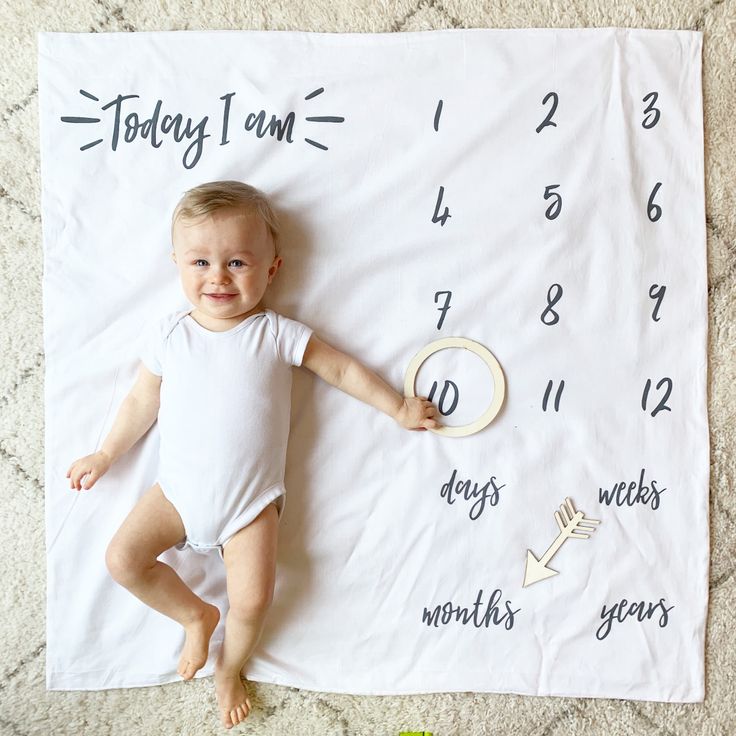 Carefully take the bag from your hands, say that now you will pour juice into a mug together. Or he takes a toy out of the closet, dumping everything on the floor: help him get what he needs, put the toys in their place with him. This is how children learn that they can ask for help when they have problems, instead of trying to do it all on their own and making a mess. But if you don't want your baby to have the item at all, gently explain why you're taking it away and offer a replacement. nine0003
Carefully take the bag from your hands, say that now you will pour juice into a mug together. Or he takes a toy out of the closet, dumping everything on the floor: help him get what he needs, put the toys in their place with him. This is how children learn that they can ask for help when they have problems, instead of trying to do it all on their own and making a mess. But if you don't want your baby to have the item at all, gently explain why you're taking it away and offer a replacement. nine0003
9. Offer choices: let the child be in control. For example, like this: “Are you going to wear trousers and a sweater or overalls? Are these shoes or those boots?" If you do not want your child to wear something out of season or out of place, remove the excess from his eyes. It is difficult for adults to deal with a full closet of clothes and shoes, especially for children. Hang 2-3 sets - dressing will be greatly simplified.
10. If you don't want your child to interfere in something, keep it out of sight if possible.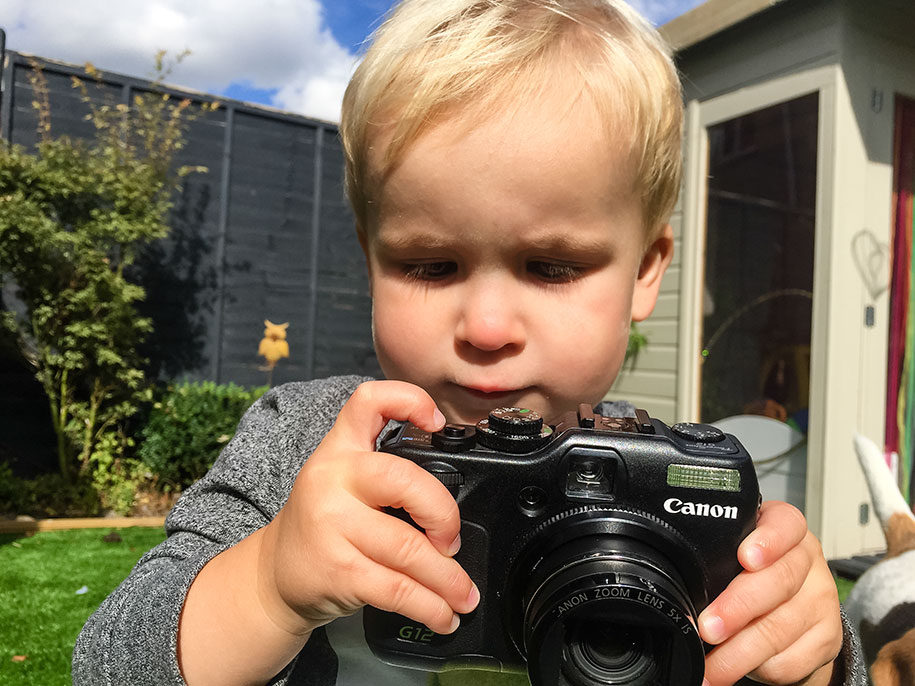 nine0006 It's fine if he wants to participate in everything he sees.
nine0006 It's fine if he wants to participate in everything he sees.
11. Firmness of rules is the best medicine. Set rules and be consistent. If the child is hysterical because you didn't buy a new toy, just wait until he calms down (you can pick him up if he allows). Tell the child that you understood how upset he was when they didn’t buy a toy, when the tantrum is over, and take pity on him. It is difficult for him to accept reality, and it is not easy for us either.
12. Think like your baby. He wants to explore and develop, painting on the walls is fun, throwing toys out of boxes is very interesting. Your task is to redirect their interest to what is safe for him and for the space. Walls can be glued with sheets of paper or a roll of paper laid out on the floor, you can be allowed to pour out toys from some box, but collect them together with them (he is two, you are everything else, for which he does not have enough patience).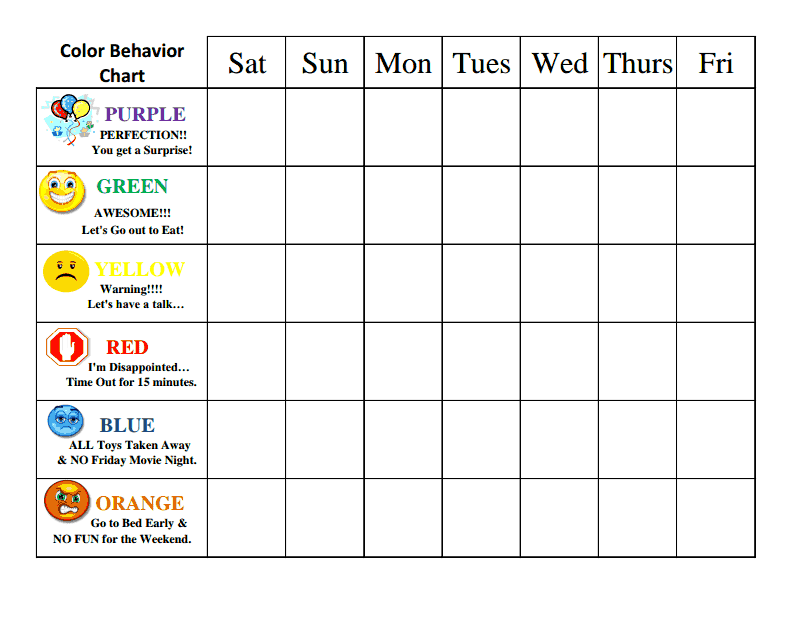

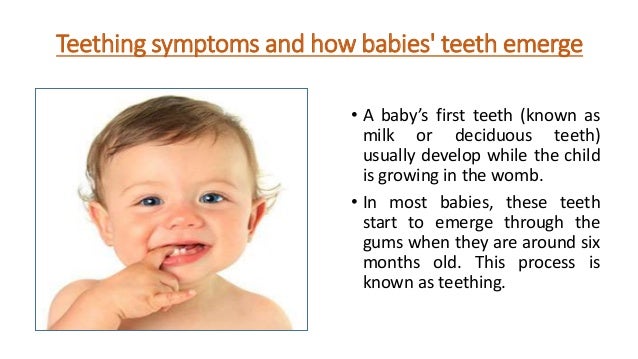
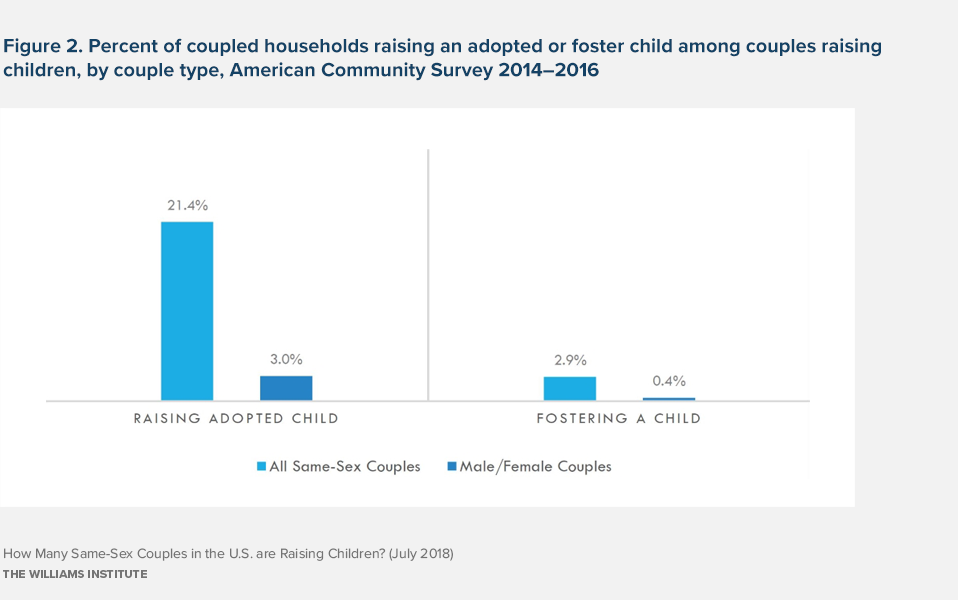
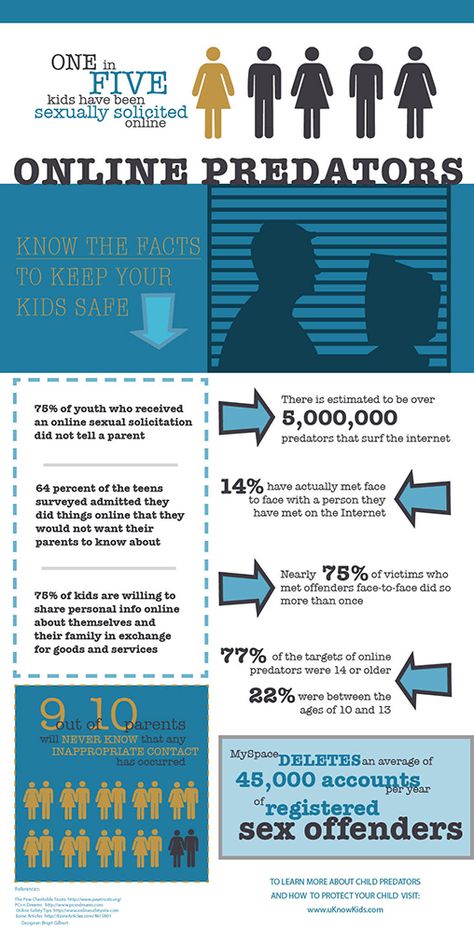
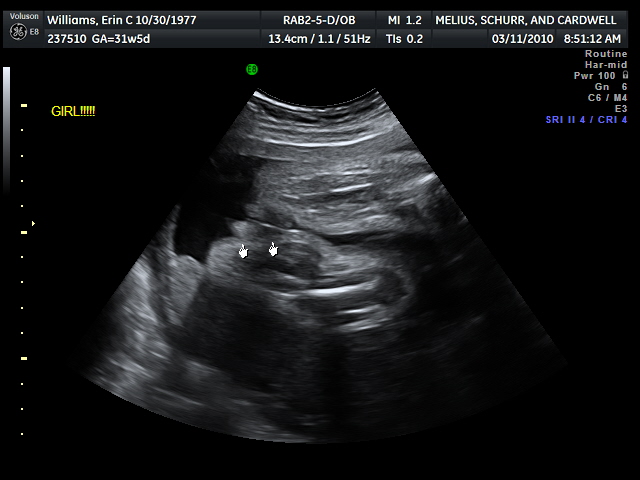

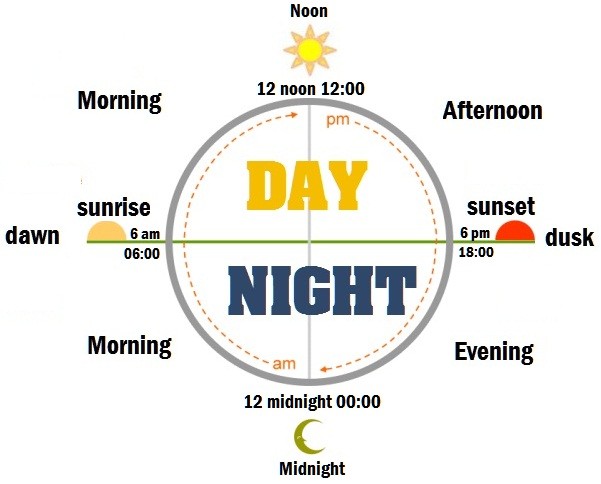
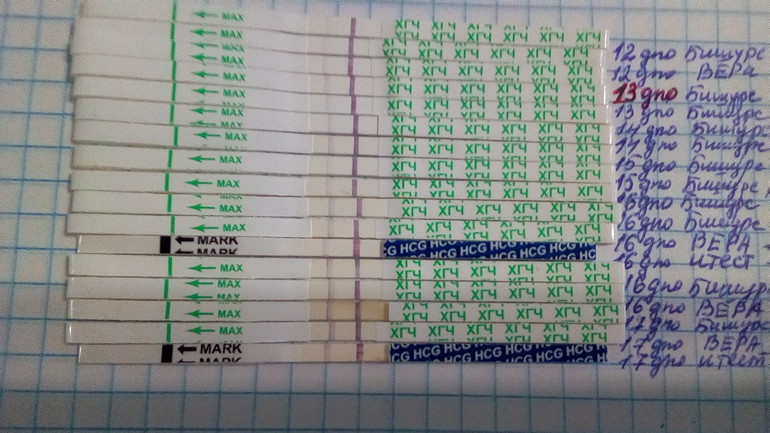
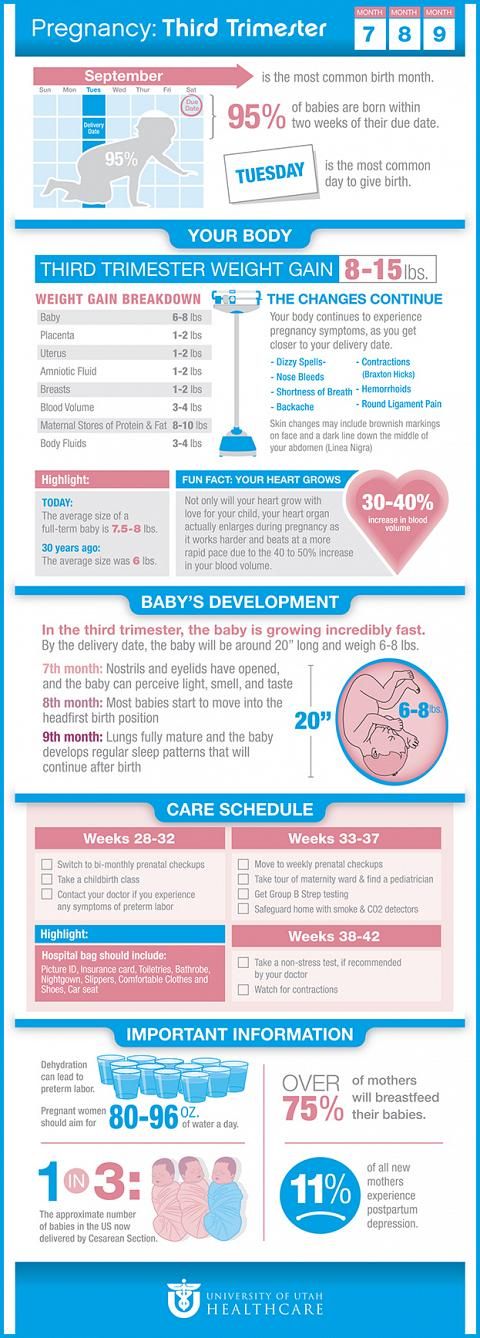
:max_bytes(150000):strip_icc()/hemorrhage-in-miscarriage-meaning-2371523-FINAL-f2ab04cab1cc491e964a45e682f93da5.png)
